I love rowing, but I’m not so enamored with it that I don’t think of raising a sail when I feel a breeze coming over the transom. While my Whitehall has a spritsail and a rudder, I don’t carry all that gear when I’m out rowing.Two years ago, I spent an afternoon with the Whitehall, and on the way home a following breeze piped up. I couldn’t ignore it and tried sailing with my cagoule as a sail, one oar as a mast, and the other oar as a rudder. The hood of the cagoule fit over the blade of the oar and, with its draw cord cinched up, it stayed put. A couple of lines tied to the hem served as sheets. The boat briefly surged forward whenever the cagoule caught a puff of wind, but as a sail it wasn’t stable in the wind, and I struggled to keep it open and pulling. I needed a proper sail. I’ve had great success with a squaresail with my other larger boats, but it requires two spars. I decided I needed a spinnaker. It would work with an oar as a mast, and the head of the sail would just need a bag to secure it to an oar blade.I found a pattern for a simple “M-Class Balloon or Parachute spinnaker” in an article first published in Model Yachting Monthly in June 1945. The pattern just needed to be scaled up for the Whitehall, so I lengthened the pattern from 48″ to 80″ and made it slightly more slender. The instructions in the 1945 article noted: “Make in 3 segments or in 4 if desired.” I planned for four and settled on five segments.
Join The Conversation
We welcome your comments about this article. If you’d like to include a photo or a video with your comment, please email the file or link.
Comments (6)
Leave a Reply
Stay On Course

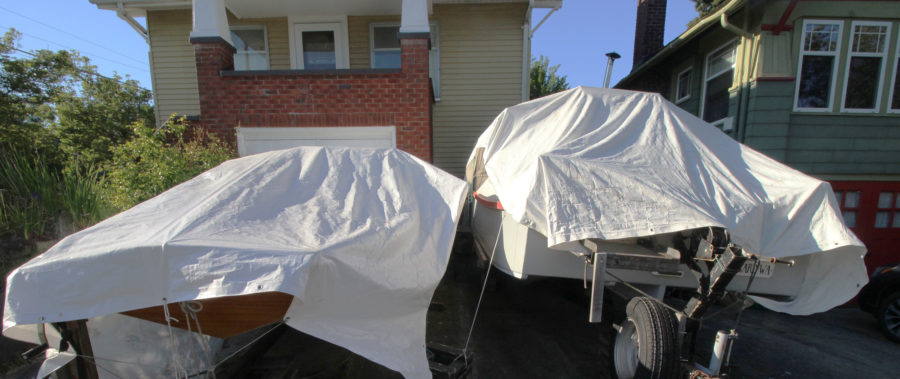
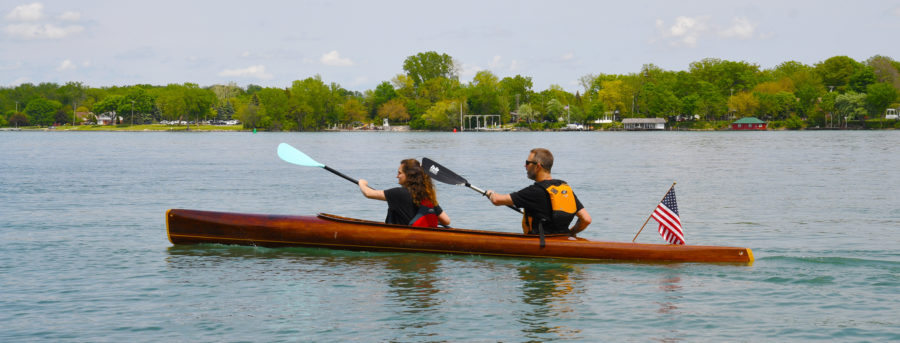
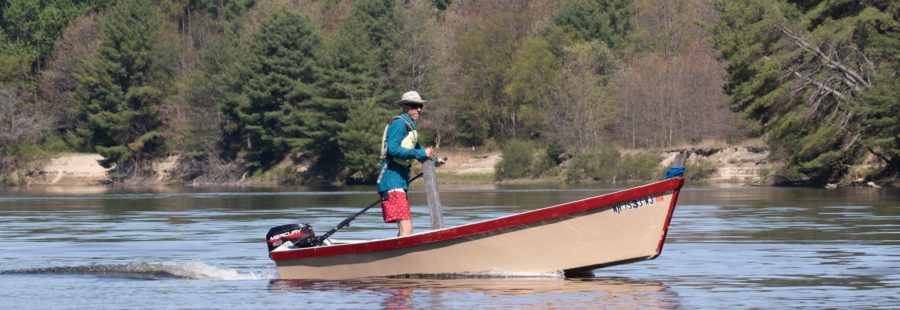
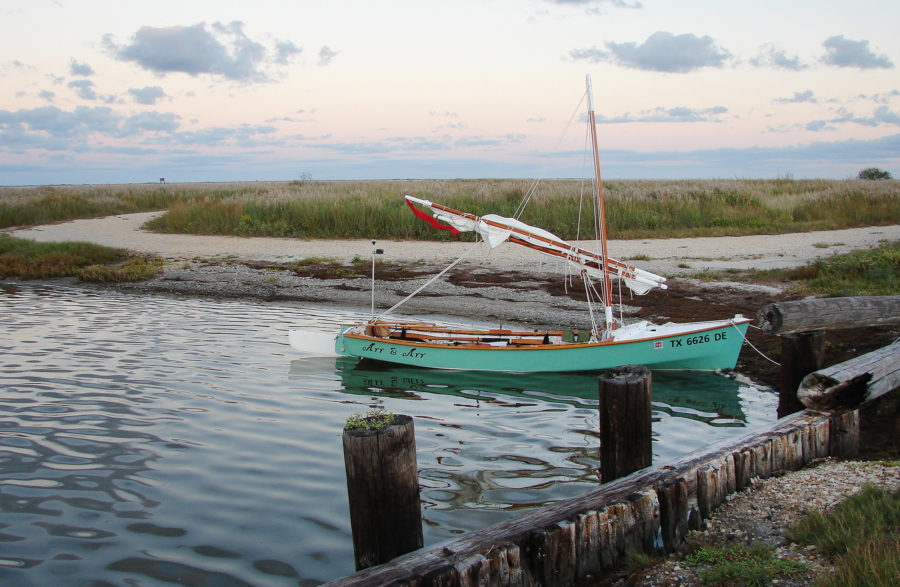
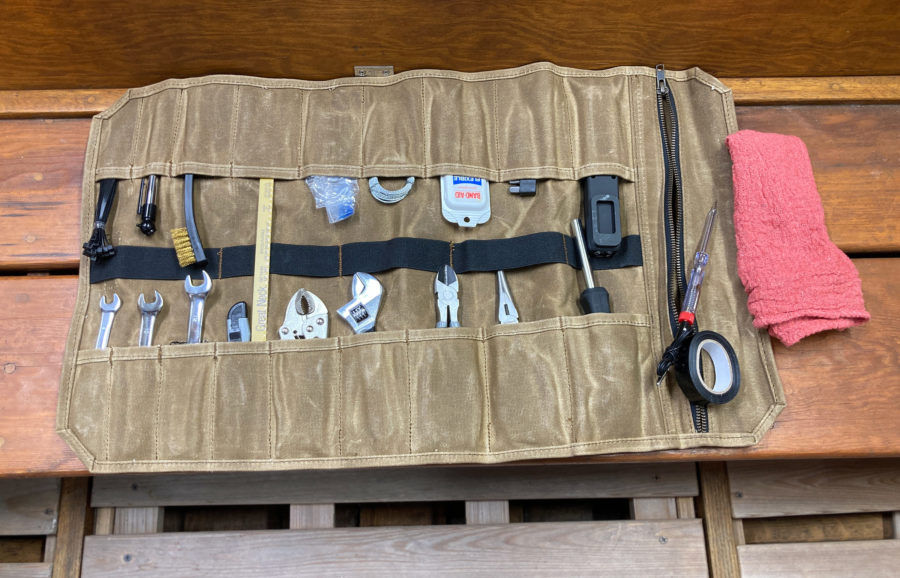
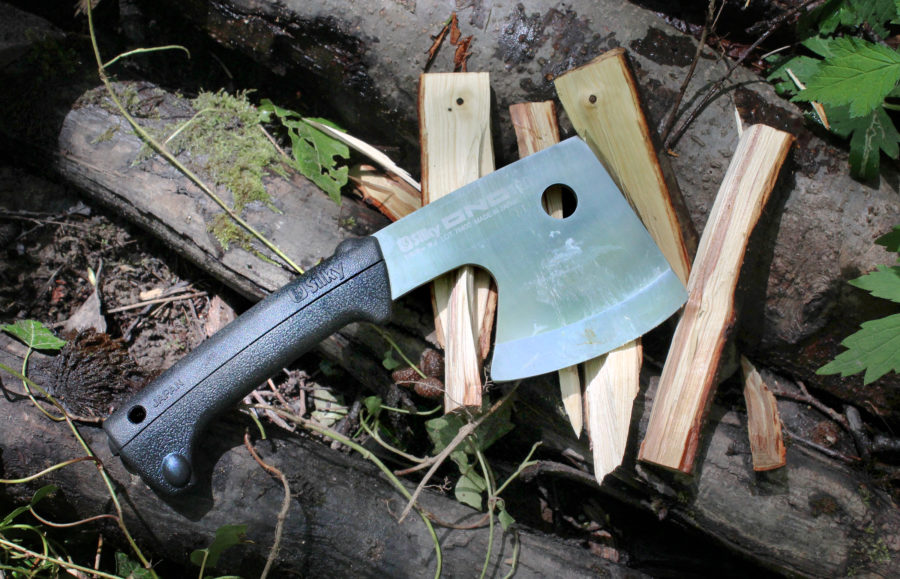
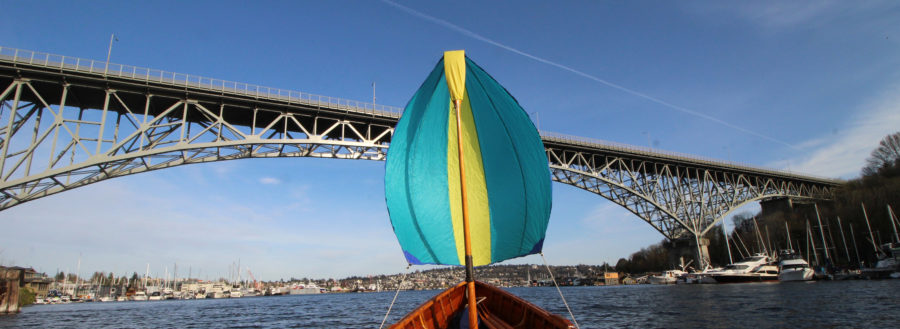
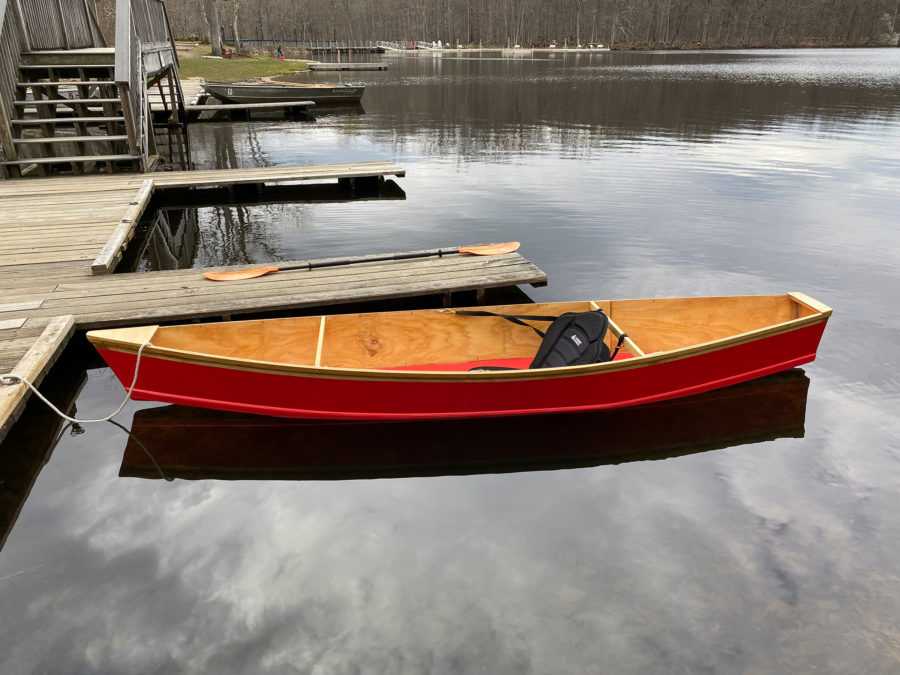
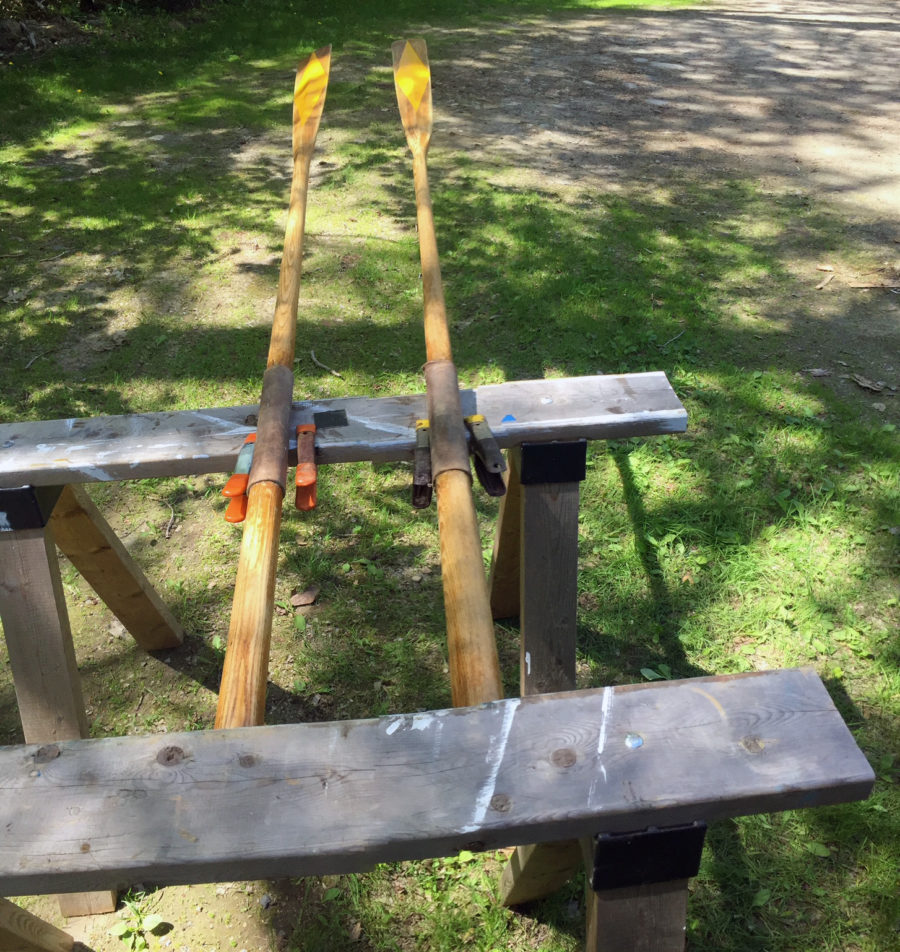

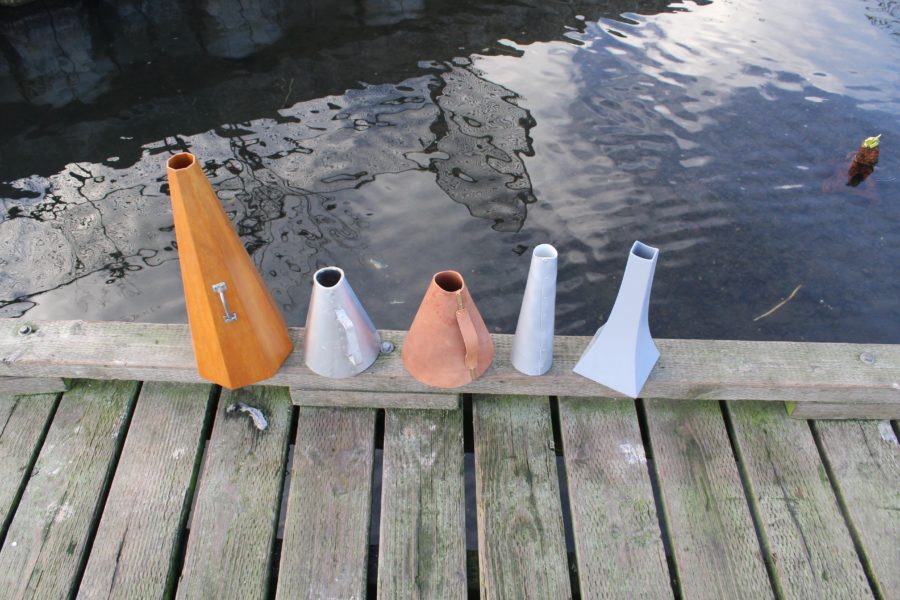
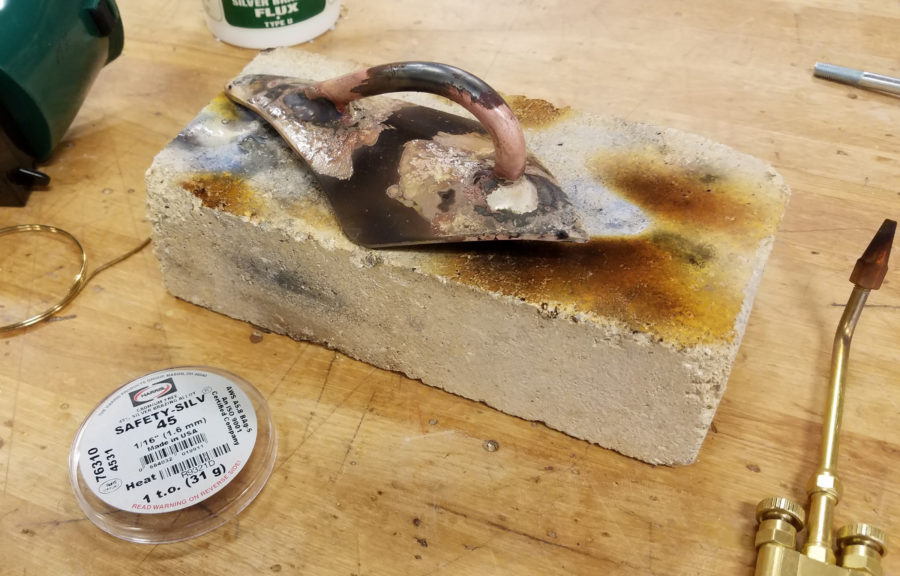
I once sailed my canoe downwind using a tent’s rain fly as the sail, held aloft with a canoe paddle. Of course it didn’t work all that well… tough to hold the wind and difficult to rig. But it was fun and we moved along OK while eating lunch. Chris’ idea of building an actual spinnaker takes the idea a lot farther than I ever did. A great project!
Very sweet. I can think of at least a bazillion occasions when a rig like that would’ve been useful. Thanks for the article, Chris!
Any idea how many square feet are in the one you made, Chris? I missed that and could calculate it, but thought I would ask first…..
Hi Clint,
I did a rough calculation of areas on the graph-paper drawing and came up with 5.1 sq ft per panel, so the 5-panel spinnaker would be 25.5 sq ft. It seems like a pretty good size for the 14′ Whitehall and the the 19′ decked tandem canoe.
Chris
Good work on the spinnaker. I had thought about that sort of arrangement, so it is good to see it in action. Thanks
I’ve had pretty good luck using a small single-line inflating power kite.